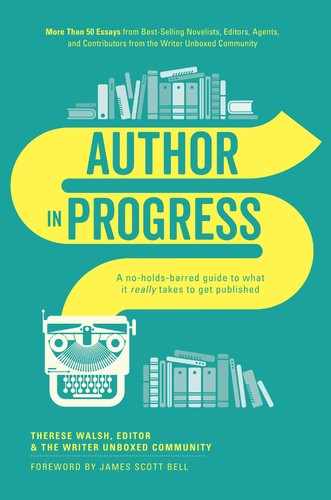Fat or Lean?
Consider Your Approach to Drafting, and Refine Your Process
We’ve all heard the children’s nursery rhyme about Jack Sprat and his wife—how Jack could eat no fat, while his wife could eat no lean. This couple reminds me of my close friend and writing partner, Sarah, and me. She writes very lean first drafts of her novels. I, on the other hand, like to stuff my first drafts to nearly the point of bursting. Our approaches are as different as can be, but we’ve both produced multiple published novels—more than thirty between us. Each strategy has its unique benefits and challenges, and neither is better than the other. It’s simply a matter of deciding which approach works best for you and your story.
WRITE IT SLENDER
I asked Sarah to tell me a bit more about her process and why it works for her. She shared the following insights:
The way I write, my first goal is to get the plot down because that’s the skeleton of the story. I write that first; it’s usually between 40,000 and 50,000 words. I focus on getting the basics of my story down on paper rather than making every single sentence, line of dialogue, or description perfect. I don’t edit as I go, so the first draft is rough—typos abound because I’m typing almost as fast as I can. And although all the story elements are present in terms of dialogue and plot twists and other major events, I keep the detail to a bare minimum. I set down just enough to let me get a true sense of the story I’m trying to tell. Then when the basic outline is in place, I go back to the beginning and work all the way through the draft, doubling the story in size with all the other elements that make a novel: character details, emotion, description, and so on. Truthfully, every single sentence will be rewritten by the time I’m done with the final editing stage.
This method works for me because I don’t do a detailed outline. For me, the best part of writing a novel is the process of discovery that a slender first draft entails.
Is the lean-draft method right for you? If you’re currently refining your writing process (and most of us usually are; I definitely am, even after multiple books published), try it on for size. Choose a portion of your novel-in-progress, be it a chapter or a scene. Once you’ve started writing, don’t backtrack or stop to edit. Weak sentences can always be strengthened, and flat dialogue can be polished to a brilliant sheen—later. For now, establish the basics: who says what to whom and the major action that takes place. If you’re a fan of Anne Lamott’s philosophy about “shitty first drafts,” now may be the perfect time to bring that mentality to your own work. Just write it down.
Did you find that exercise helpful? Did you feel like a paleontologist, uncovering and assembling the bare bones of your book—bones that will later be covered with the muscle and skin of a living, breathing story?
WRITE IT FAT
If the lean-draft method is like paleontology, then I would compare the “write it fat” method to sculpting marble—except that first I have to produce the block of marble from which my novel will ultimately be chiseled. My first draft is that huge, unwieldy, solid-stone block. And my favorite part of novel writing is exactly the same as Sarah’s: the process of discovery. But instead of writing a sparse draft, I’ve found I work best if I sink deeply into each scene and describe every detail, emotional response, and movement. I find that writing a fat (some might even say flabby) first draft helps me fully understand my characters and their emotional arcs.
I make a quick one- to four-sentence outline of what’s going to happen in the scene before I start writing; this game plan helps me avoid getting bogged down in details. Then I try to fully immerse myself in the scene.
I cut and trim at the editing stage. That part of the process is like chiseling the sculpture from the stone block; your floor becomes covered with the chips of marble that you’ve hacked away. But I don’t mind the mess. Trimming doesn’t have to be painful; it can be like cutting your hair when it’s driving you crazy. I often save those chips in a separate file, and I sometimes find a use for them in another book.
Is the fat-draft method more your style? To find out, try imagining a whole scene or chapter as a movie playing on the screen of your mind. What do you see? What do you hear? What expressions move across your characters’ faces as they speak and act? Write it all down! Don’t worry about whether it’s needed; you can make that call later. You may write down five descriptive details and later decide that the first four are irrelevant and that only one is story worthy. But in my experience, you’d never have uncovered that one golden detail without going through the process of discovery.
EXPERIMENT WITH YOUR UNION TO PROCESS
I firmly believe that there are as many ways to write a novel as there are novelists in the world. Indeed, I’ve often found that the “best” method varies depending on the story. What worked for your last book may have your current manuscript tied in knots. So if you’ve always been a lean-draft devotee but find yourself struggling to pin down the heart of your novel-in-progress, try a fat draft. Conversely, if your current manuscript feels bloated and unwieldy, try writing lean. And don’t commit to one method and exclude the other if you think a change might help.
Jack Sprat and his wife were married, after all.
